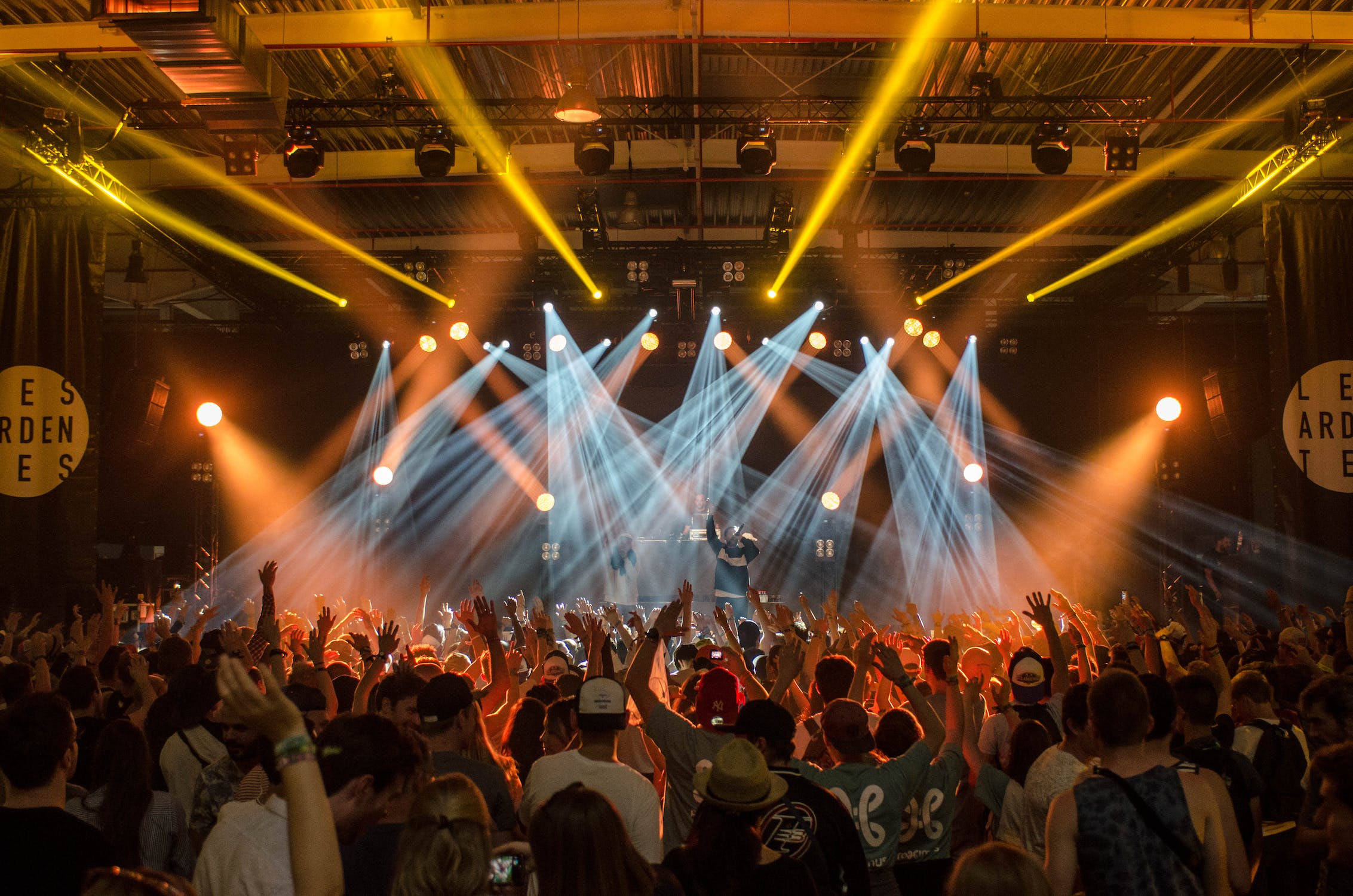
17 Apr CONCERTS AND LIVE EVENTS: FUTURE TRENDS AND INNOVATIONS
Live events and concerts are a cornerstone of the entertainment industry, offering attendees unforgettable experiences and opportunities to connect with their favorite artists and fellow fans. But make no mistake – recent advancements in technology, coupled with the effects of the global pandemic, have prompted a reimagining of live events, pushing the industry to adapt and innovate. Noting this, the future of live events and concerts is worth considering, especially in terms of what tomorrow’s live performances will bring.
To kick things off, let’s be up-front: The integration of VR and AR technologies into the live event space offers a wealth of opportunities for innovation and expansion. These immersive technologies can transport fans to virtual concert venues, allowing them to experience live performances from the comfort of their homes. What’s more, AR can enhance in-person events by overlaying digital elements onto the physical environment, creating unique, interactive experiences for attendees.
One possible application of VR technology that you can keep in mind too though is the creation of virtual music festivals, where fans can explore multiple stages, interact with other attendees, and even meet their favorite artists in virtual meet-and-greets. This approach not only expands the accessibility of live events but also offers a sustainable alternative to traditional, large-scale gatherings.
As live events and concerts begin to return following the pandemic, the industry is also likely to see a rise in hybrid events that combine both in-person and virtual elements. This strategy offers increased flexibility for attendees, allowing them to choose between physically attending the event or tuning in remotely via live streams or VR experiences.
Hybrid events also provide an opportunity for organizers to expand their audience reach, as those unable to attend in person due to distance, financial constraints, or health concerns can still participate virtually. The model allows for a more inclusive and accessible event experience, catering to a broader range of attendees.
The future of live events and concerts will also be pushed in new directions by new strategies and technologies designed to enhance audience engagement. This may include the use of real-time social media interactions, live chats, and fan-generated content to create a more interactive and immersive experience.
For example, artists could incorporate live polls and Q&A sessions into their performances, allowing fans to influence the show in real-time. On top of this, wearable technology, such as smart wristbands, could be used to synchronize audience reactions, creating a unified and visually striking display during concerts.
And PS – as the world becomes increasingly conscious of environmental and social issues, the live event industry must adapt to reflect these values too. Organizers will need to implement sustainable practices, such as reducing waste, utilizing renewable energy sources, and minimizing the environmental impact of large-scale events.
Moreover, the industry will need to address issues of inclusivity and accessibility, ensuring that live events cater to diverse audiences and provide equal opportunities for participation. This may include offering affordable ticket options, accommodating those with disabilities, and promoting diverse representation among performers.



